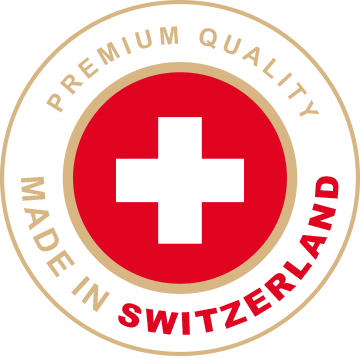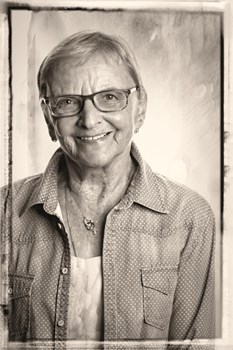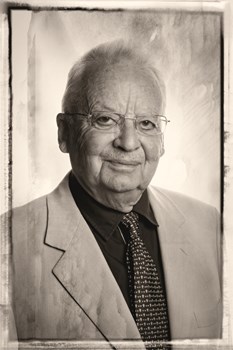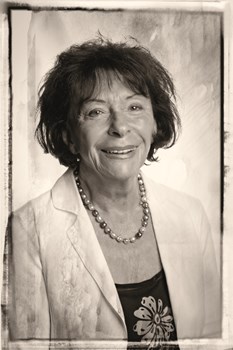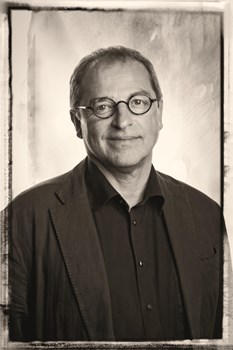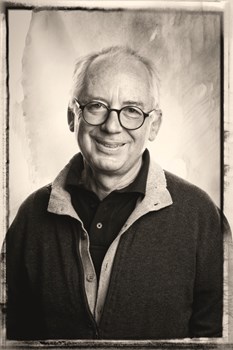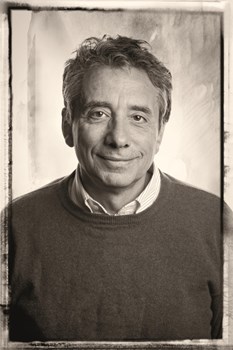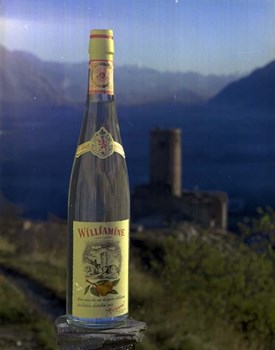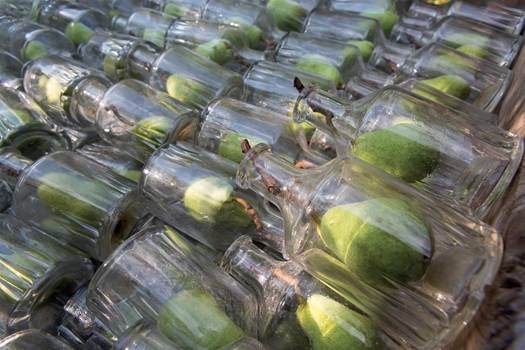The Morand family
The business has been in the hands of the Morand family for the last 130 years. Throughout this time, it has been passed down from father to son.
It was founded by Louis Morand (1867-1921), with the support of his wife Mathilde Chappelet (1860-1918). Following the death of this radical trailblazer in 1921, the Distillerie was taken over by one of his sons, André Morand (1895-1984). His wife, Anne-Marie Moret (1903-1958), an extremely popular figure, was heavily involved both in running the business and in supporting disadvantaged members of society. The third generation was represented by two of their children: Louis Morand (1928-2025) as CEO, supported by his wife Mireille Meunier (1935-2024), and Colette Morand (1932-), married to André Vocat (1924-1991), a partner and member of the board of directors.
The five children of the fourth generation – Olivier Vocat, Bruno Vocat, André Morand, Jean-Pierre Morand and Julien Morand – are also involved in the family business. Julien Morand and Bruno Vocat work in operations, while Olivier Vocat, Jean-Pierre Morand and André Morand sit on the board of directors as chairman, managing director and member respectively. The fourth generation looks after the company’s interests and drives innovation, having launched many of the company's newest products (most notably, Douce de, COEUR, sWiss Cocktails, sWiss Rock, and Mousse de).
The Morand family prides itself on having not only the best liqueur makers, distillers, CEOs and supportive spouses, but also on counting business and legal experts among its ranks. They have been particularly involved in protecting the company’s trademarks (such as Williamine), its know-how and its products (such as for Abricotine AOP). The members of the Morand family who have led the business are legendary figures. By passing on their knowledge, relatability and professionalism, they have imbued the distillery with the values that have marked and that continue to mark its culture and identity.
Key dates
1889: Louis Morand founds the Distillerie Morand with his brother.
1900: The company moves to its current site.
1921: Louis Morand dies and the company is taken over by his son, André.
1940s: The facilities are modernised and professionalised.
1953: The Williamine trademark is registered in Switzerland.
1958: The company is taken over by Louis Morand and, together with his sister Colette Vocat, turned into a partnership.
1970s: The company develops internationally.
1980s: The company's golden age.
1990: Fire rips through the distillery and two warehouses go up in smoke.
1992: Louis Morand & Cie becomes a limited liability company.
2004: Louis Morand steps down as director and passes the baton to the fourth generation. Bruno Vocat and Julien Morand play an active role in the company, while Olivier Vocat and Jean-Pierre Morand head up the board.
2008: A CEO is appointed from outside the family.
2015: The company acquires Rostal Herbes Aromatiques Grand-St-Bernard SA. It ceases its distribution operations. Fabrice Haenni (2nd generation of Rostal) takes over as CEO. The family continues to play an active role at board and management level.
Williamine®: a global success story
Pear eau-de-vie has been distilled in the Valais region since the start of the 20th century. The Distillerie Morand is unusual in that it only uses the Williams variety and succeeds in producing the brandy on a large scale while still retaining an exceptional level of quality.
Since the 1940s, several producers had attempted to distil the Williams pear. These included Valais-based winemaker and merchant, Francis Germanier. The initial tests carried out by the Distillerie Morand proved promising, which encouraged André Morand to forge ahead with production. In doing so, the Distillerie purchased tonnes of Williams pears, giving Valais producers an outlet for these fragile fruits. Prior to this, the Williams pear had been used almost exclusively as a dessert fruit or for preserves. The effect on local fruit production was instantaneous: growers quickly began planting more Williams pear trees.
Williamine had found its place and would go on to account for half of the company’s turnover. With the help of his brother Aloys, who would later become a cantonal judge, André Morand and his son Louis actively protected their trademark, whose name was so well known that it was often used to refer to the product in general.
Three factors led to the global success of Williamine: the quality of the product, the company’s marketing expertise, and the trademark protection.
![]()
Morand: a common thread running through its history
Morand’s longevity is down to several things. Each CEO has, in their own way, continued the work of the previous generation by respecting its know-how and recipes while facing up to the challenges of their own era. The involvement of the Morand family in the economy, politics, culture and society of Martigny and the region as councillors, members of umbrella federations, sponsors and patrons has been significant. At one time or another the football club, hockey club, carnival, Fondation Gianadda, and even the Verbier festival have received the support of the Morand family.
Strong social engagement is also central to the company. Long-term Distillerie employees are recognised for their loyalty, with gestures such as a gold watch being awarded to a Mr Kittel in 1943 in recognition of his 20 years’ service at the company. The business also supports its workers’ families, as was the case with Léonce Guex, an employee who died suddenly at work in 1949. It is not only individuals who benefit; communities have also received financial support from the company, with notable examples including Lourtier following the fire of 1929 and the landslide of 1937. When the Polish miners working at the Mont Chemin iron mine were unable to get home to their families for Christmas in 1941, Morand made sure they received gifts. In 2004 the company established work experience placements for youngsters, and in 2015 began employing people with disabilities to package its Grand-St-Bernard herbs and spices in an on-site workshop launched with the support of the FOVAHM (Fondation valaisanne en faveur des personnes handicapées mentales /Valais foundation for people with mental disabilities). Throughout its history, Morand has played an important social role.
Locals are deeply attached to a business that has been a part of their region for over a century and that has greatly contributed to the canton’s economy. Its reputation throughout Switzerland and abroad is no doubt due to the quality of its products. Ever since the beginning, the Distillerie has picked up award after award. While it has optimised the work of its distillers by computerising production, some steps such as labelling are still performed manually. The recipes and family knowhow have been scrupulously and secretly passed down through the generations.
It is these forces – so commonly found in Swiss family businesses – that have led to the Distillerie Louis Morand & Cie’s lengthy success.

